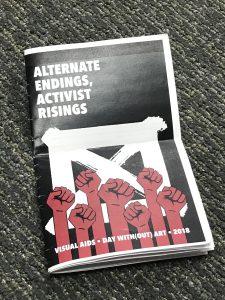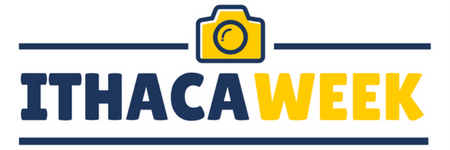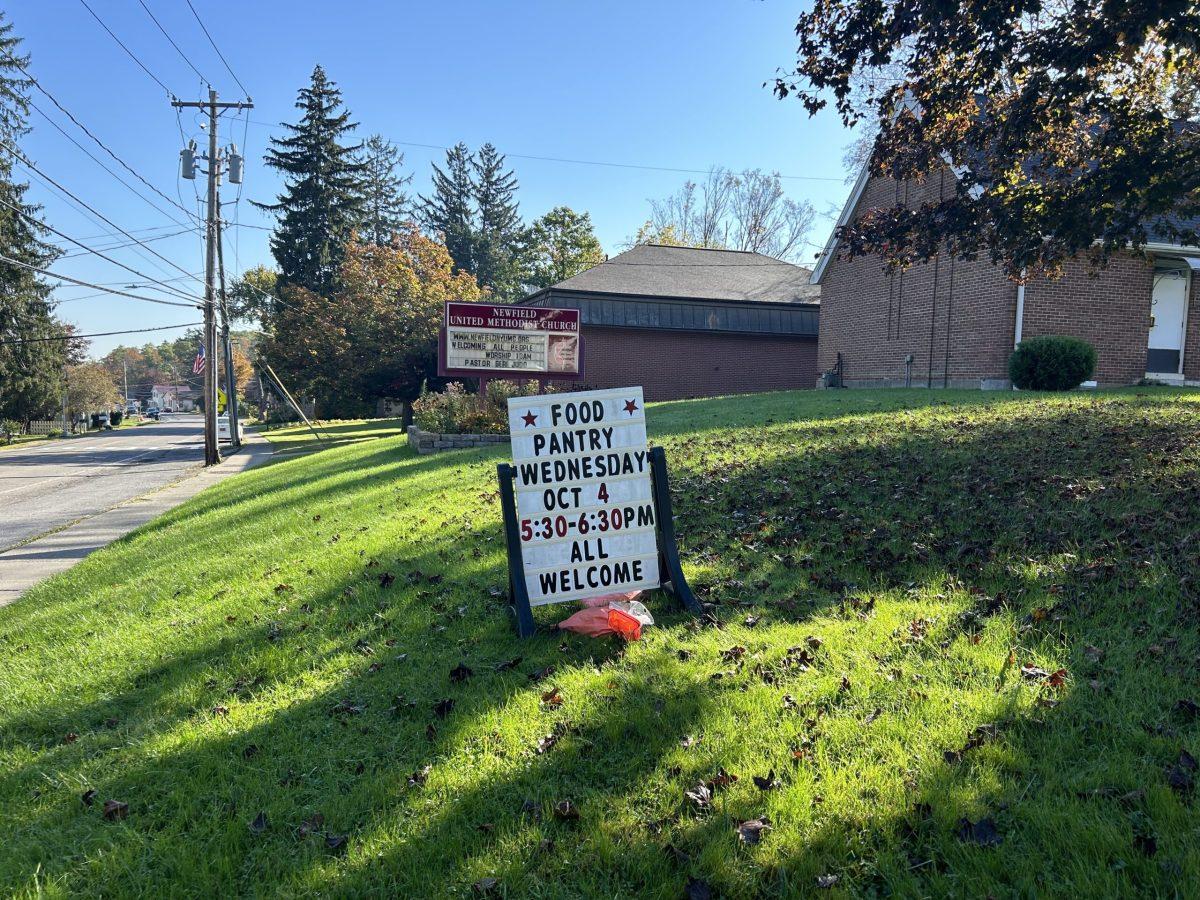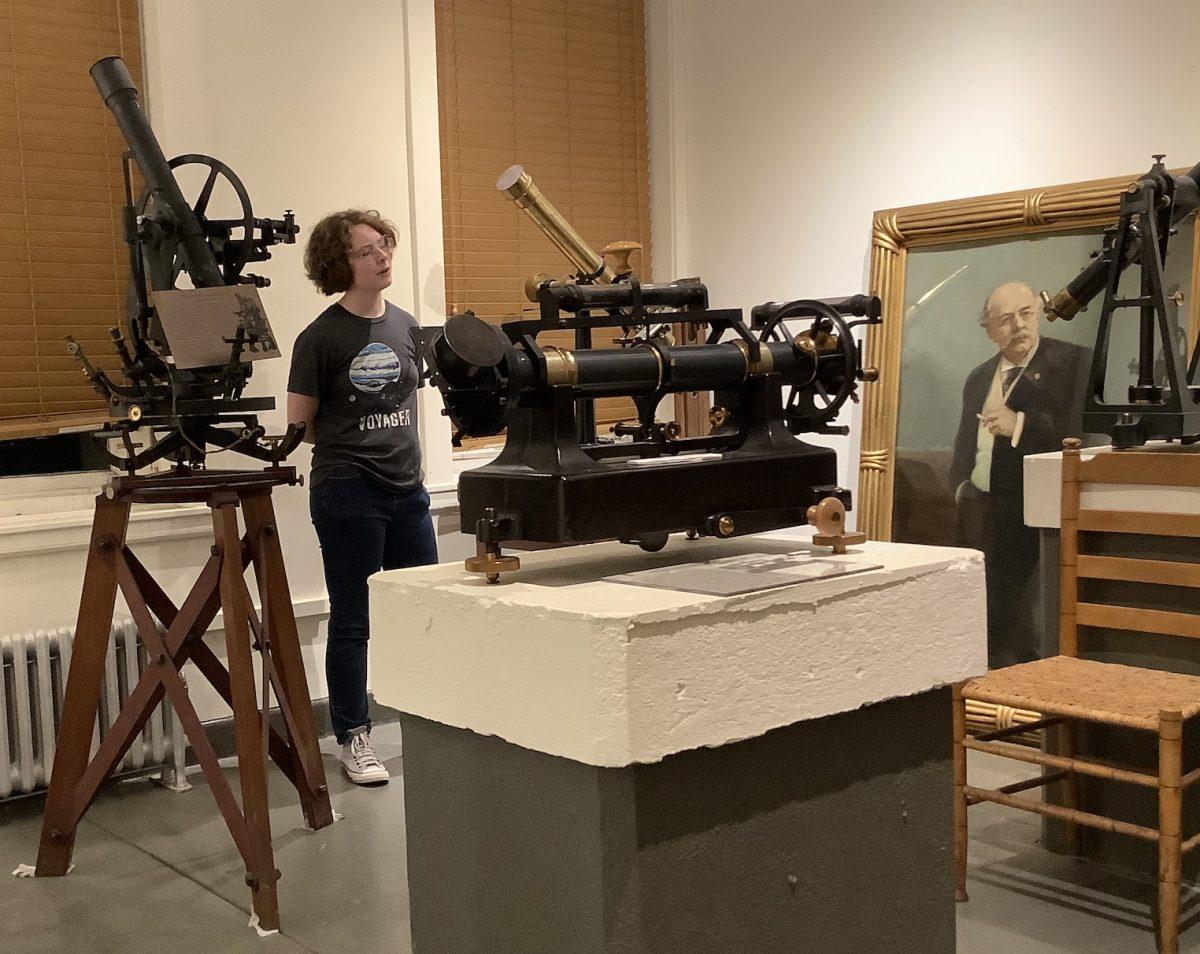“Back in the late 1970s, I was traveling with a musical group. We happened to have the news channel on. They were talking about a vague new disease,” recalled John Yavonditte.
Little did Yavonditte know that the “vague new disease” with no name would eventually be called AIDS, and would greatly impact his life.
“They didn’t know how to handle it,” he said. “Doctors were trying to scramble to figure out what to do. All they could do was sit back and watch people die, unfortunately.”
By 1985, just four years after the first reported cases of AIDS in the U.S., 12,529 AIDS related deaths worldwide were documented.
“I was confused. I was scared. Being a gay man, would I be next?”

Years prior, in 1976, Yavonditte fell in love with Harold Styles. Their relationship, which lasted for three years, ended with Styles moving to San Francisco. The breakup was difficult for Yavonditte, but he eventually was able to find a new partner, Thom, to whom he is now married.
“I was in Syracuse with Thom when I got the news that Harold had passed away,” said Yavonditte, vividly recalling the day he died in May 1987.
When the obituary for his death was printed in the newspaper, it did not mention the cause of death being AIDS. Yavonditte said he was upset by that omission.
“I was angry. Everyone in his family knew what he had died of. I think they were probably afraid of what their friends and family would say if they put in the paper ‘my son died of AIDS.’ But that’s the stigma of what it was back then, ” added Yavonditte.
“I think about him time and again and wonder what life would have been had he survived.”
It’s stories like this that were remembered on Dec. 1, the 30th anniversary of World AIDS Day.

World AIDS Day, an annual global day of awareness about HIV/AIDS, honors those who have lost their lives to the disease. It’s also a way to stand in solidarity with those who are still living with it.
According to UNAIDS, 36.9 million people worldwide were living with HIV in 2017 and 940,000 people died from AIDS-related illnesses in 2017.
The Ithaca College LGBT Center organized video screenings to commemorate the day. A looping video presentation called Alternate Endings, Activist Risings was shown on campus. The video includes curated art from activists and organizations with the purpose of raising awareness about HIV/AIDS.

The LGBT Center also screened Nothing Without Us: The Women Who Will End AIDS, which focuses on the role women play in stopping the AIDS pandemic on a global scale.
The Southern Tier AIDS Program recognized World AIDS Day by holding an annual fundraiser called Hair Warz, a fantasy hair show where several salons compete to create elaborate hairstyles, makeup, and costume designs.

The money raised will support the organization’s efforts to reduce new cases of HIV/AIDS and provide necessary care for those living with the illness. Employees of the Southern Tier AIDS Program also promote their testing services to encourage people to know their status.
“Know your status” was the theme of this year’s World AIDS Day, and a key component of Ending the Epidemic, a New York initiative aimed at eradicating AIDS. The goal of this plan is to reduce statewide the number of new infections annually to 750, from a current estimated number of 3,000, by the year 2020.
To reach that goal, agencies such as the Southern Tier AIDS Program are focused on identifying persons with HIV who remain undiagnosed and getting them proper health-care. In addition increasing access to Pre-Exposure Prophylaxis (PrEP) for HIV negative persons. PrEP is a daily medicine that can reduce the chances of getting HIV.
Michelle McElroy, Deputy Executive Director for the Ithaca office of the Southern Tier AIDS Program, is cautiously optimistic. McElroy said it’s unclear if that goal will be reached by 2020.
“There are a lot of strong indicators that some of those things are working very well. Whether the goal will be actualized is a separate question,” she said. “But, even if it is not, I would suggest that a lot of those efforts are having a direct impact, and so even if it is not 2020, that goal will be accessible in the not so distant future.”





